

You might be surprised to learn that some common houseplants can cause serious skin irritation. Hidden in plain sight, these seemingly innocent plants can lead to uncomfortable rashes and itching.
From subtle reactions to severe irritations, knowing which plants to watch for can make a big difference in your comfort at home. Identifying and avoiding these troublesome species will help you maintain a safer living environment.
We’ve put together a list of the most sneaky irritants so you can take action to protect your skin. Understanding these potential hazards allows you to enjoy your home and your plants without unnecessary discomfort.
1. Poison Ivy
Poison ivy is a common culprit of skin irritation, causing an itchy, blistering rash. The plant contains an oil called urushiol, which triggers the allergic reaction in many people. Look for leaves in clusters of three with a glossy appearance.
2. Poison Oak
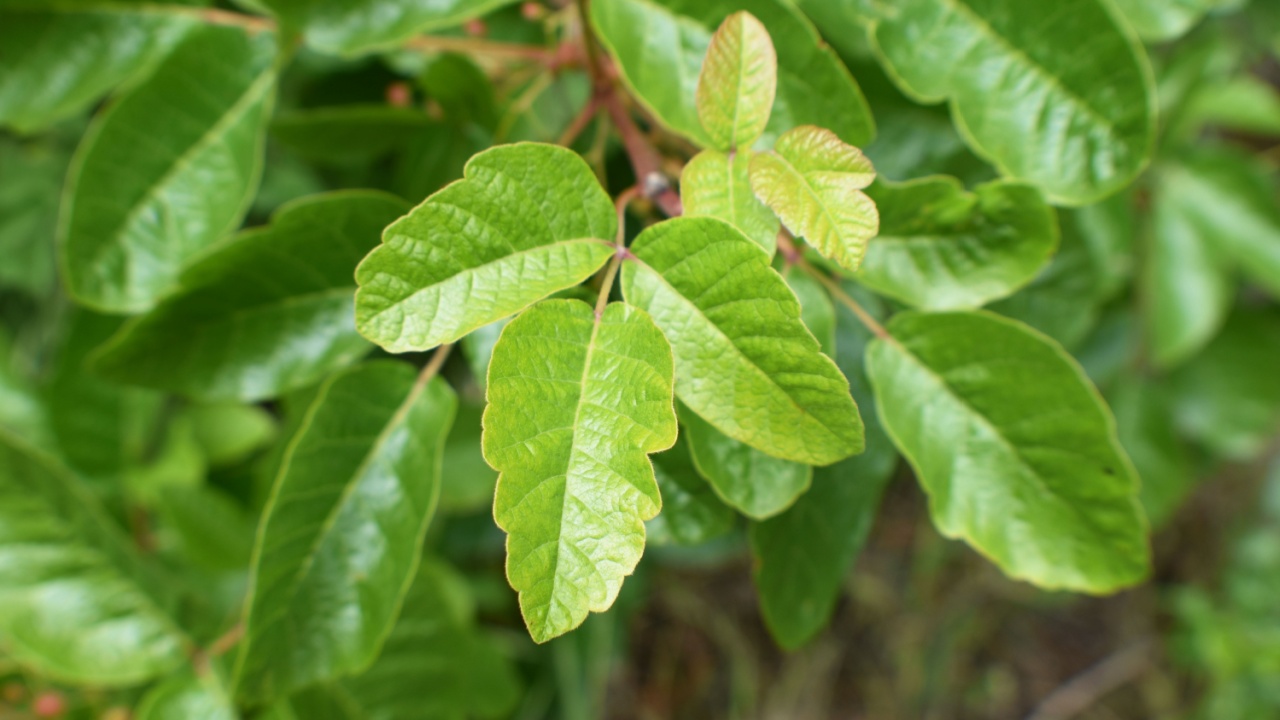
Similar to poison ivy, poison oak contains the same irritating oil, urushiol. It can cause a red, itchy rash with blisters. Poison oak leaves resemble oak leaves and grow in clusters of three.
3. Poison Sumac

Poison sumac is another plant that contains urushiol, causing skin irritation. It grows as a shrub or small tree, often in wet areas. The leaves are arranged in pairs, with a single leaf at the end.
4. Wood Nettle
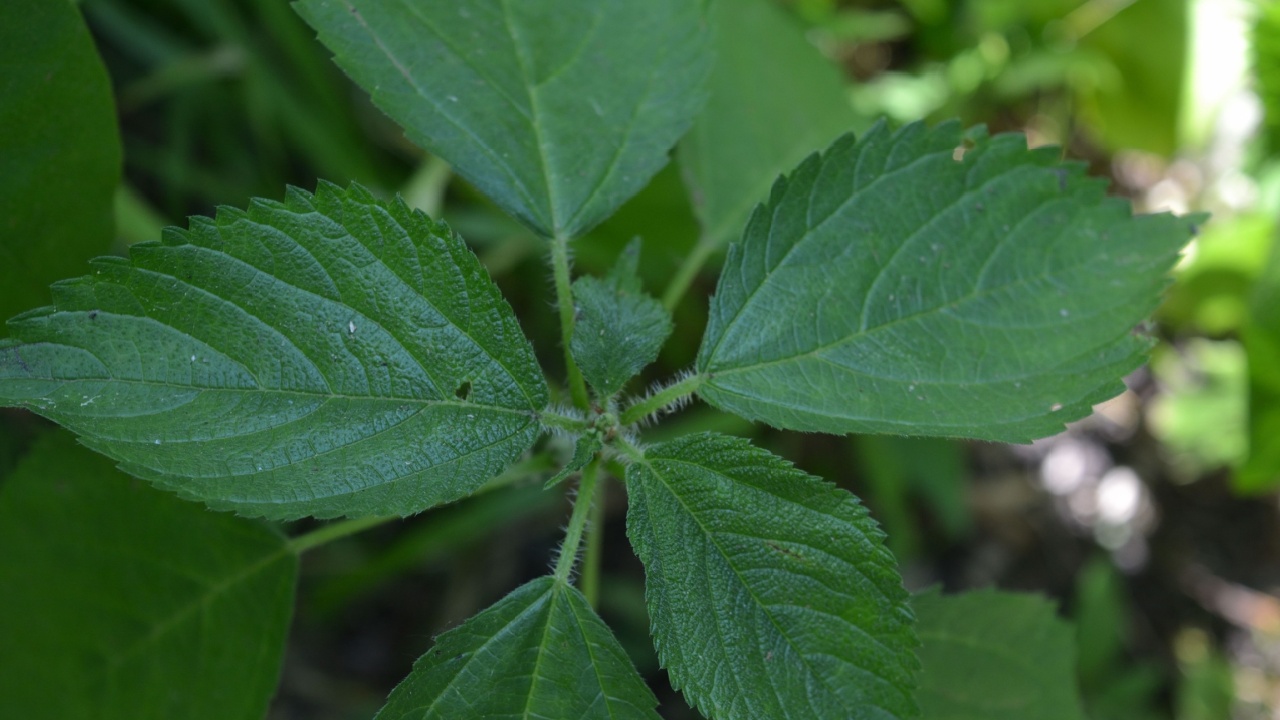
Wood nettle, also known as stinging nettle, has small hairs on its leaves and stems that contain formic acid. When touched, these hairs can cause a burning, stinging sensation and a rash.
5. Giant Hogweed
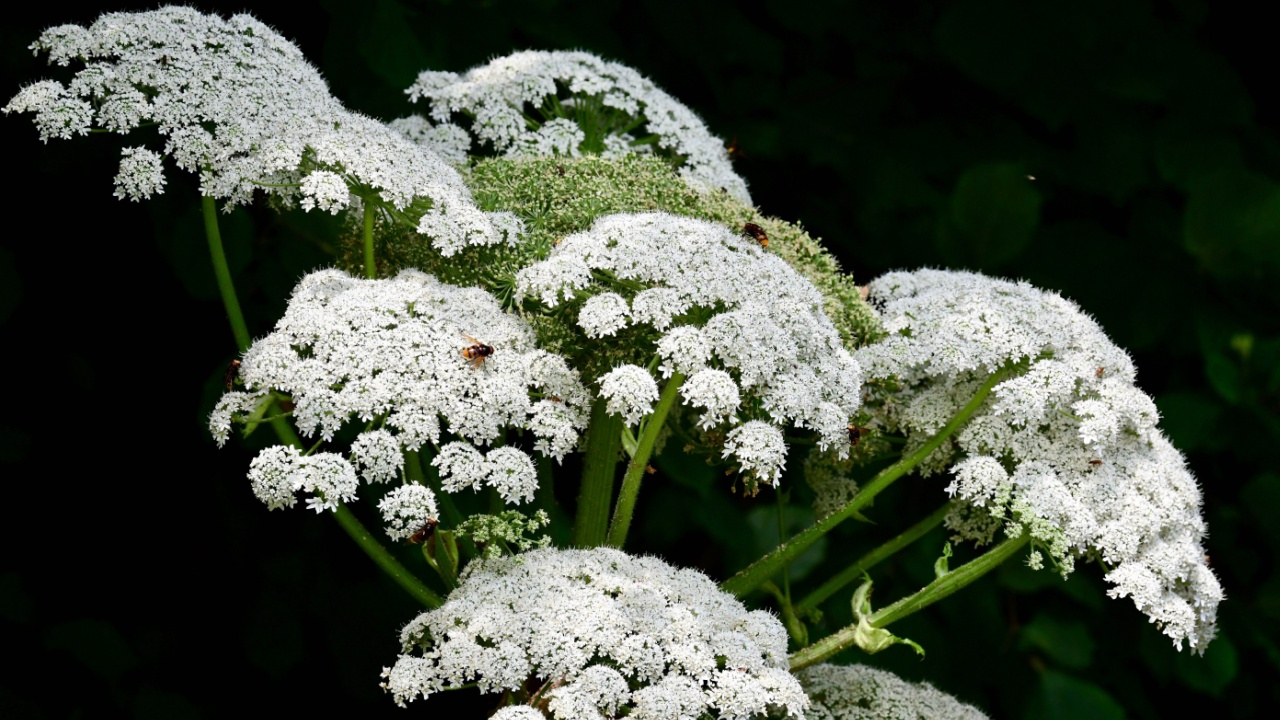
Giant hogweed is a large, invasive plant that can cause severe skin irritation. Its sap contains chemicals that make the skin sensitive to sunlight, leading to blisters, burns, and even scarring.
6. Leadwort

Leadwort, or red root, can cause skin irritation in some people. The plant has small, blue flowers and dark green leaves. It’s often found in rocky areas or along roadsides.
7. Ragweed
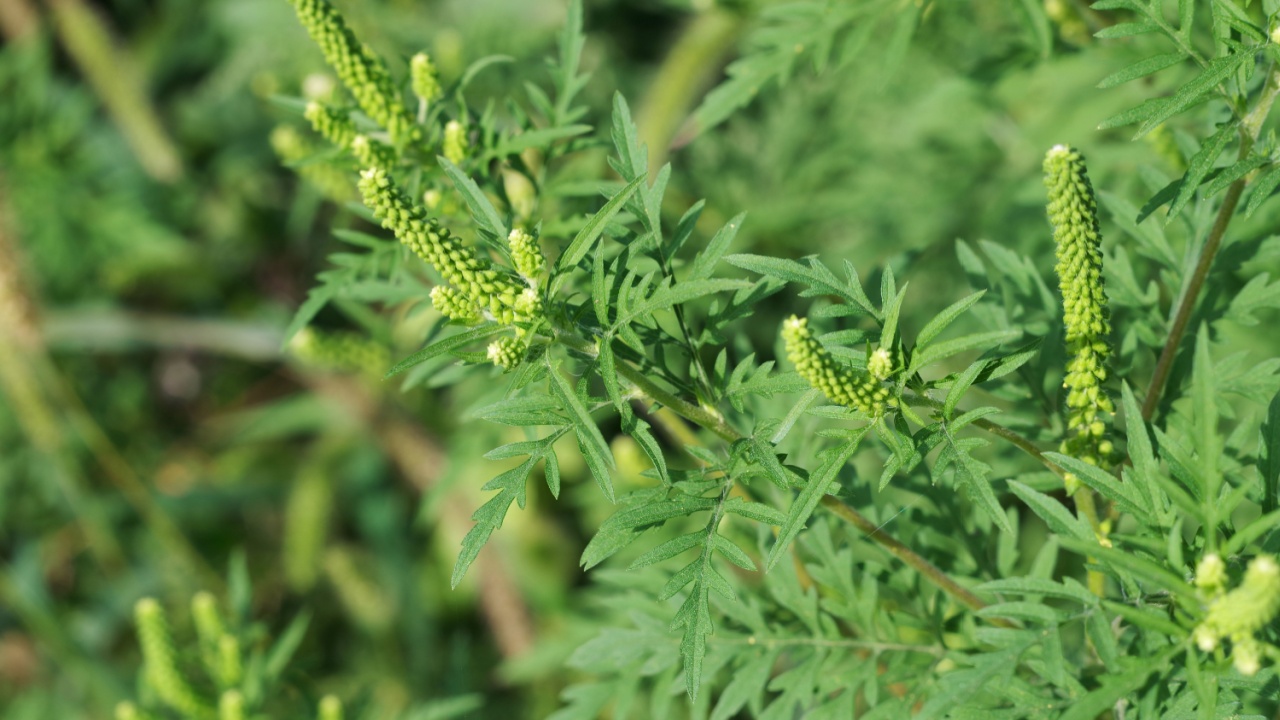
Ragweed is commonly found in fields and along roadsides. It is known for causing hay fever and irritating the skin. The plant has fern-like leaves and small, greenish flowers.
8. Rue
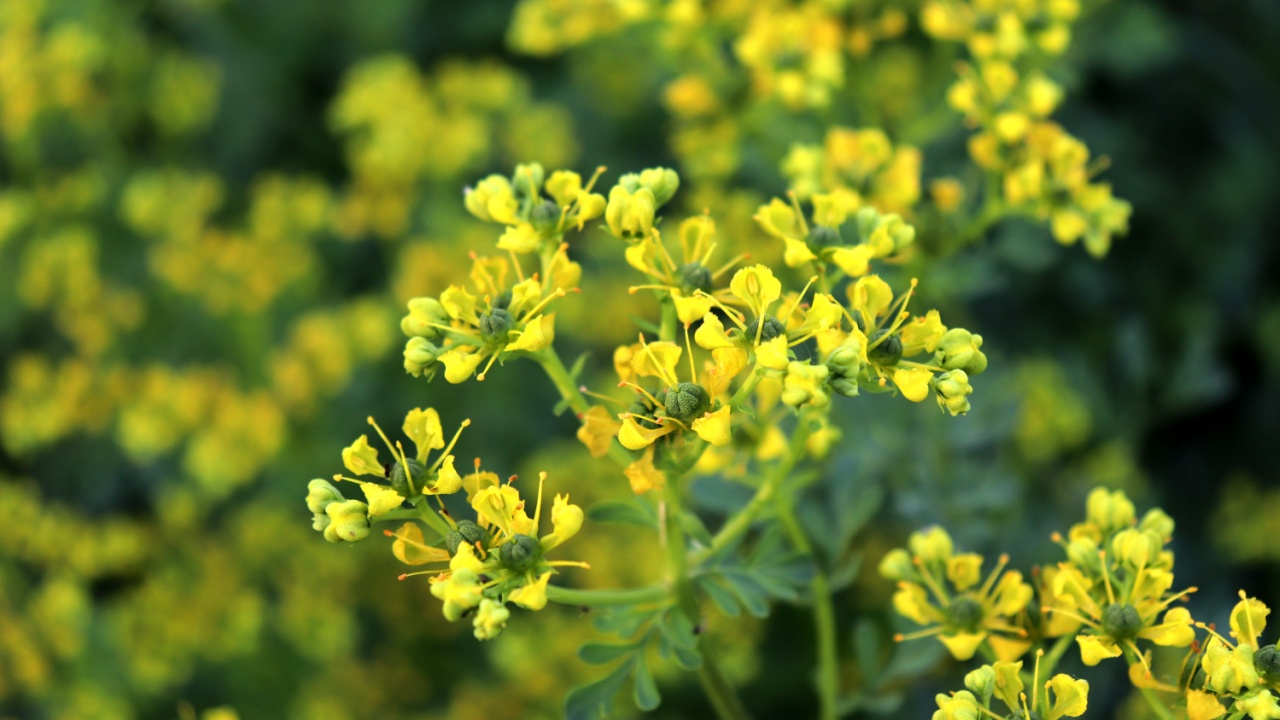
Rue is an herb with bluish-green leaves that can cause skin irritation when touched. The plant contains furocoumarins, which can make the skin more sensitive to sunlight, leading to blisters and rashes.
9. Queen Anne’s Lace

Also known as wild carrot, Queen Anne’s lace can cause skin irritation in some people. The plant has lacy, white flower heads and can be found in fields and along roadsides.
10. Wild Parsnip
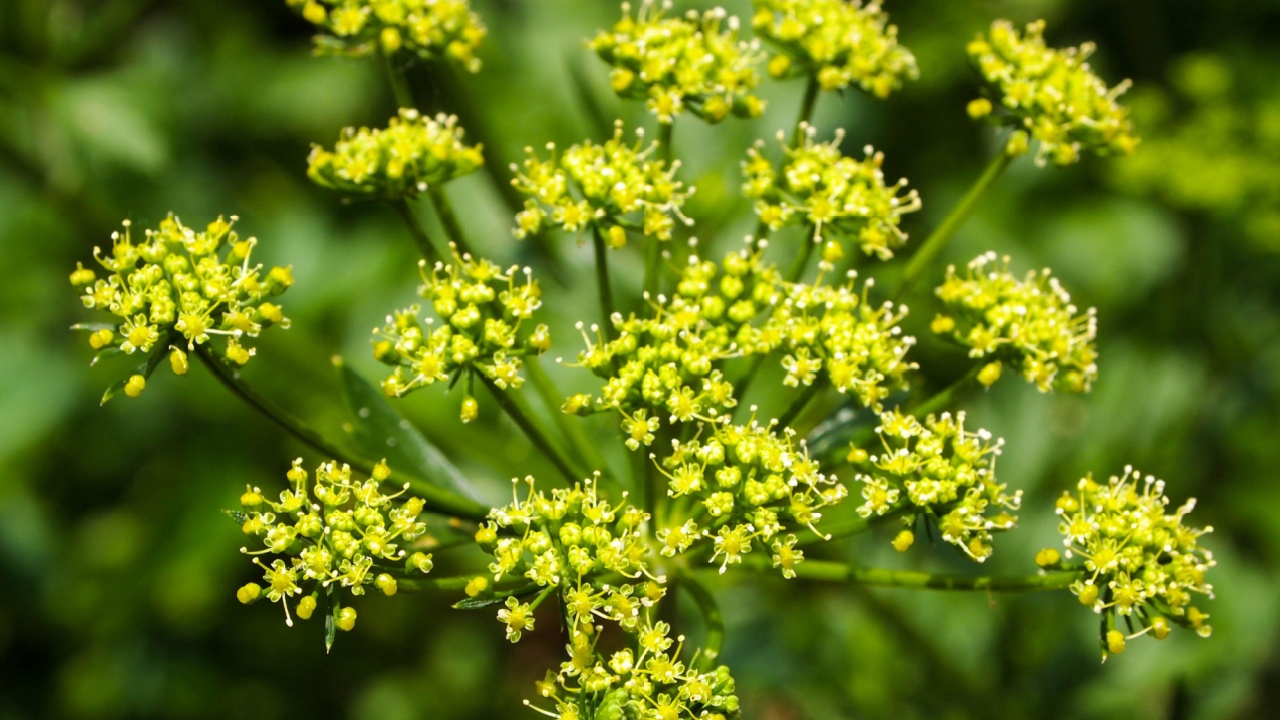
Wild parsnips contain chemicals called psoralens, which can make the skin more sensitive to sunlight. Contact with the plant, followed by exposure to UV light, can lead to painful blisters and rashes.
11. Cow Parsnip
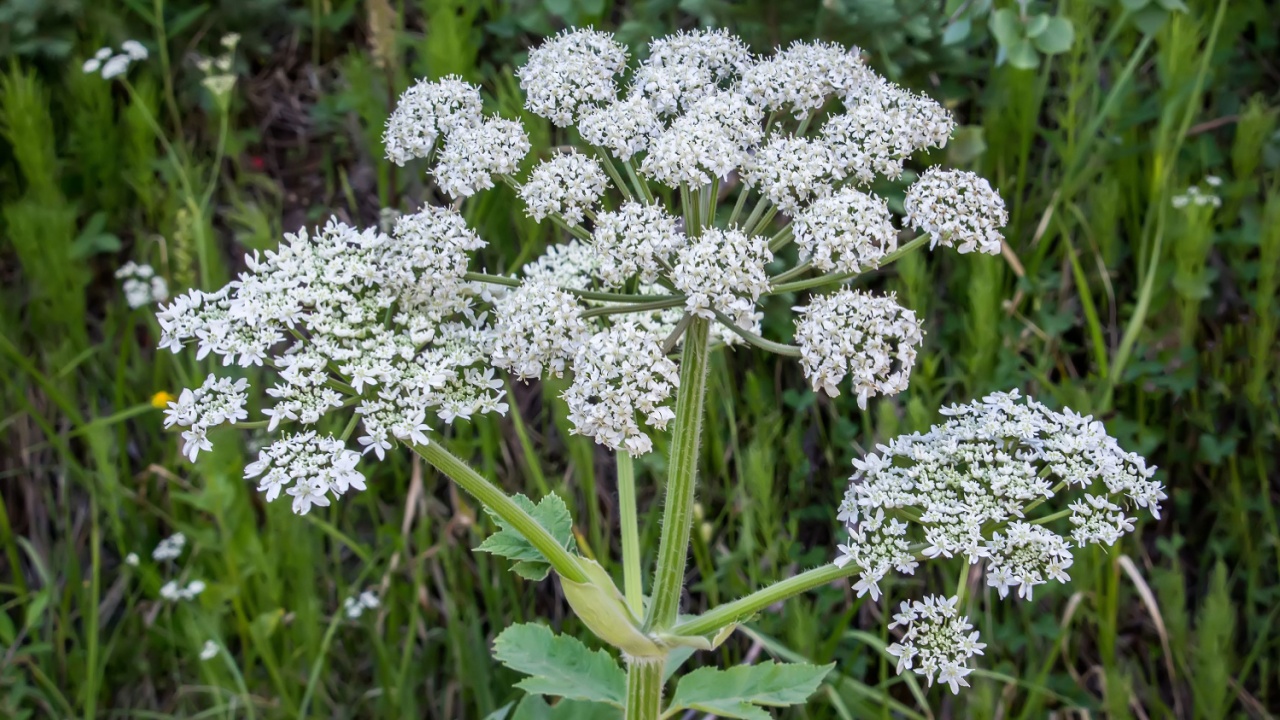
Cow parsnip, a relative of giant hogweed, can also cause skin irritation. The plant has large, broad leaves and white flower clusters. Its sap contains chemicals that can make the skin sensitive to sunlight.
12. Buttercups
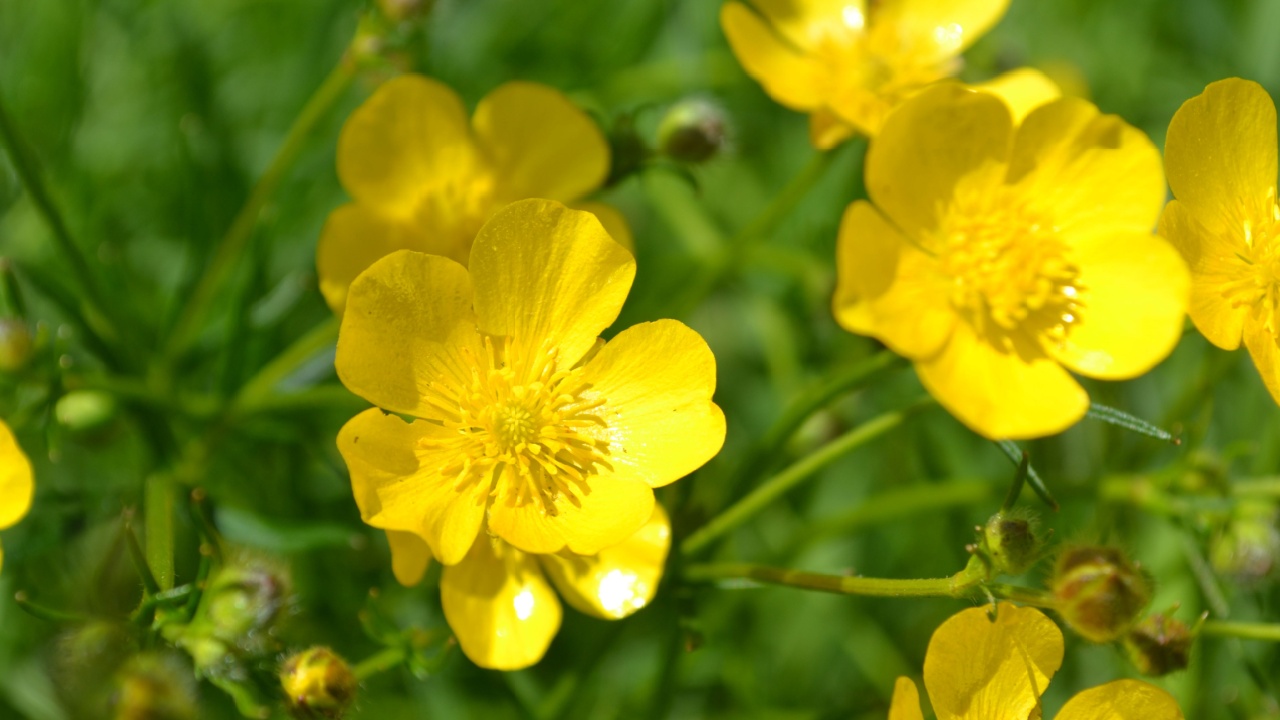
Some species of buttercups contain a substance called protoanemonin, which can cause skin irritation and blistering. The irritation is typically mild and short-lived, but it’s still best to avoid contact with these plants.
13. Spurge
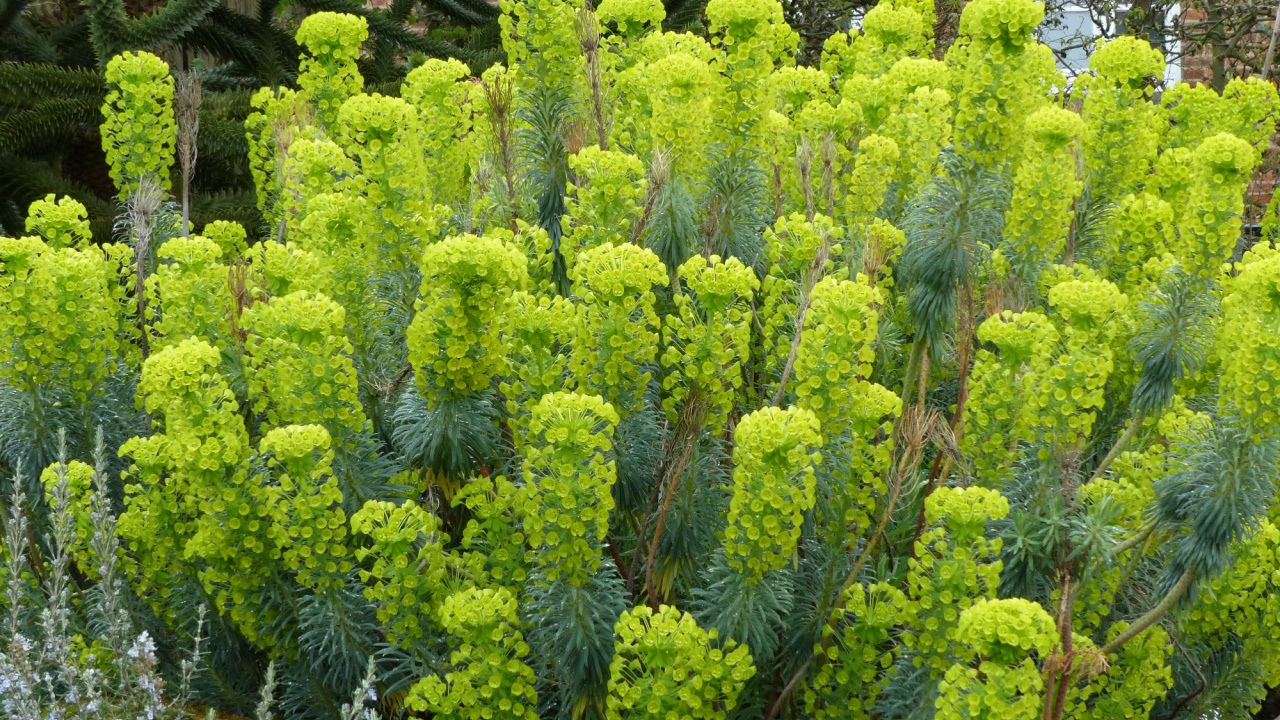
Many species of spurge contain a milky sap that can irritate the skin, causing redness, itching, and blistering. Spurge plants often have small, greenish flowers and grow low to the ground.
14. Mustard Plants

Some mustard plants, such as wild mustard and black mustard, can cause skin irritation in sensitive individuals. These plants have yellow flowers and grow in fields and along roadsides.
31 Ways to Boost Home Security: How to Fortify Your Fortress and Deter Burglars

We sadly live in a society where it’s all too common for criminals to want to take what we’ve worked hard to get. The results of a break-in are traumatic, too. Beyond just losing your stuff. Victims often feel violated, anxious, and unsafe, sometimes for years after the event.
Prevention is the best way to stay safe. And, while you shouldn’t have to turn your home into a fortress, that’s the stark reality of our world. But you can take plenty of simple steps to deter burglars and ensure your home is less attractive to would-be thieves.
25 Winter Foraging Foods to Save Money on Your Grocery Bill
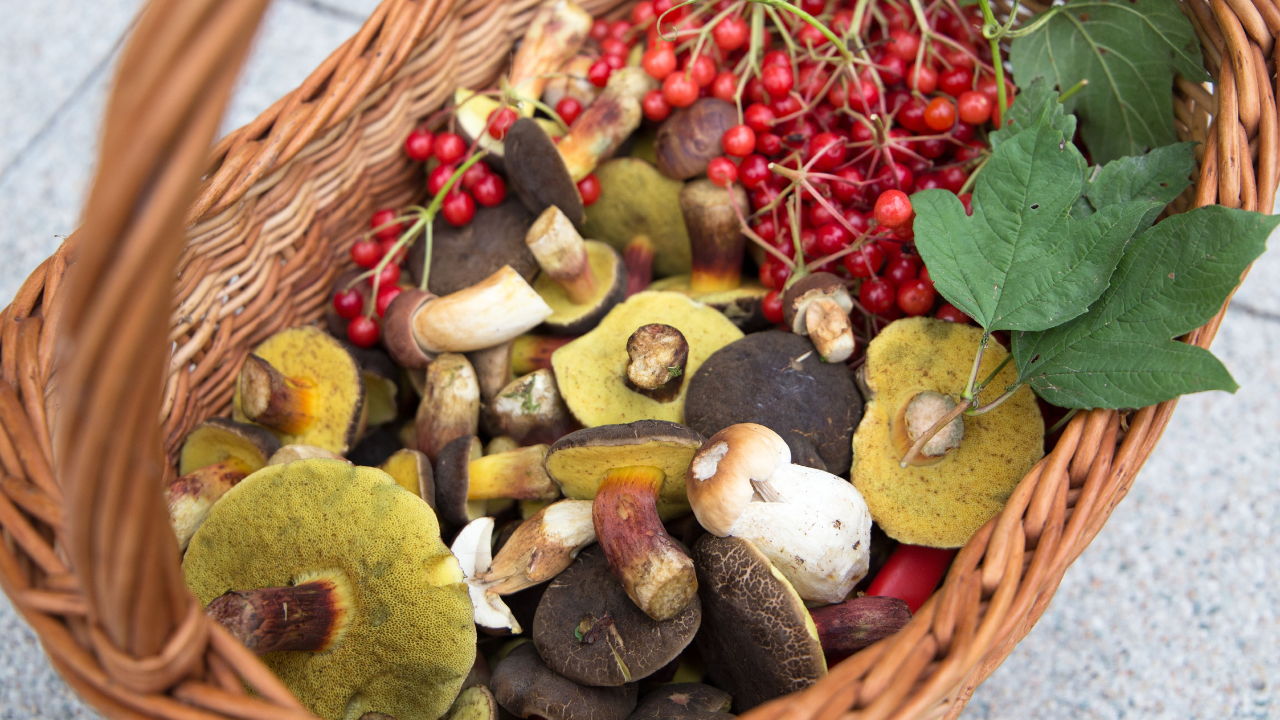
With food prices going up by 15% from October 2021 to October 2023, finding ways to cut down your grocery bills is more important than ever. Winter foraging is an awesome way to add to your pantry for free. Yes, you get free food in the form of wild edibles, but it’s also fun for the whole family, gets you moving, and reconnects you with nature.
Even though foraging in winter seems hard compared to the bounty of late summer, there’s still plenty out there if you know where to look. Plus, if things do go south, you need to know how to get wild foods to survive when there are no old-world supplies to access.
23 Smart Ways to Preserve Food
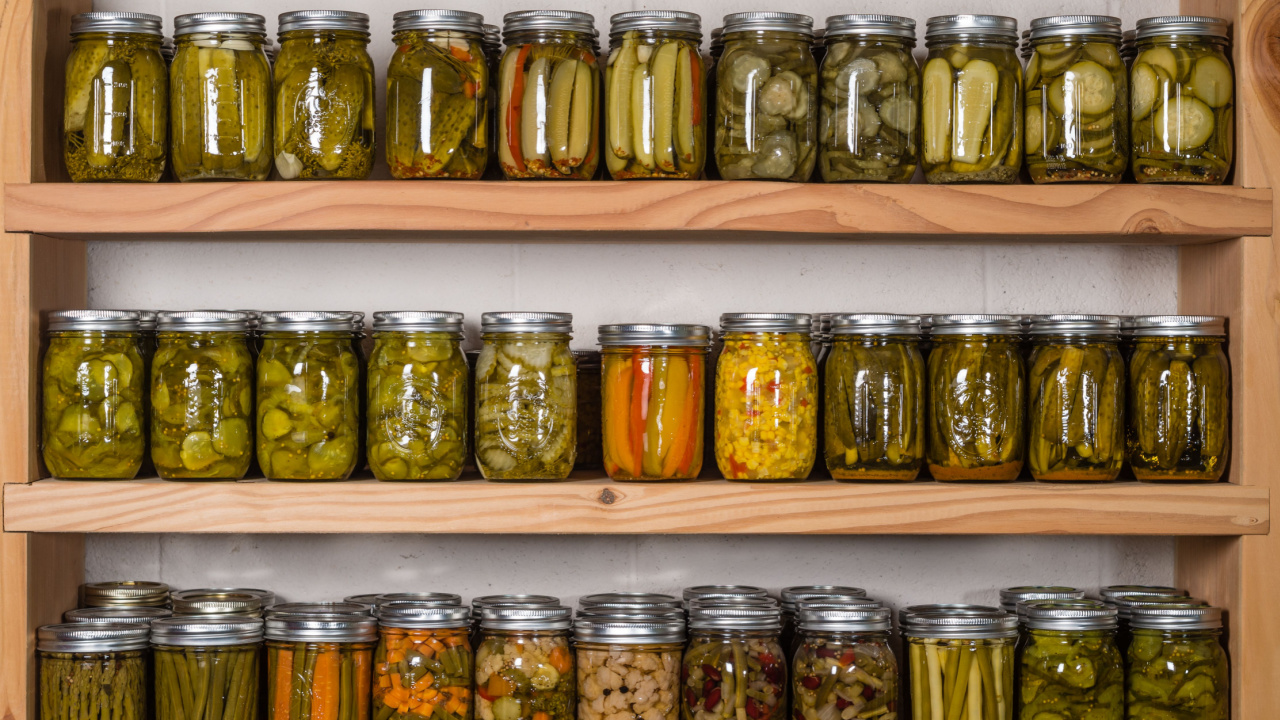
Preserving food is an art as much as it is a science, tapping into our ancestral roots and addressing modern needs. Whether you’re looking to avoid waste, prepare for leaner times, or simply enjoy the fruits of your labor year-round, these 23 smart methods will guide you through. I’m a huge fan of preserving things I find on sale, gluts of produce from my homestead, or produce I’ve bartered with someone else.

